-
 Bitcoin
Bitcoin $119000
-2.21% -
 Ethereum
Ethereum $4315
1.01% -
 XRP
XRP $3.151
-3.11% -
 Tether USDt
Tether USDt $0.0000
0.00% -
 BNB
BNB $808.5
-0.71% -
 Solana
Solana $175.8
-4.21% -
 USDC
USDC $0.9999
0.00% -
 Dogecoin
Dogecoin $0.2250
-3.92% -
 TRON
TRON $0.3469
1.77% -
 Cardano
Cardano $0.7818
-3.81% -
 Chainlink
Chainlink $21.47
-2.10% -
 Hyperliquid
Hyperliquid $43.30
-6.81% -
 Stellar
Stellar $0.4370
-2.84% -
 Sui
Sui $3.682
-4.40% -
 Bitcoin Cash
Bitcoin Cash $590.8
2.67% -
 Hedera
Hedera $0.2484
-5.20% -
 Ethena USDe
Ethena USDe $1.001
0.00% -
 Avalanche
Avalanche $23.10
-4.29% -
 Litecoin
Litecoin $119.2
-3.96% -
 Toncoin
Toncoin $3.409
0.90% -
 UNUS SED LEO
UNUS SED LEO $9.016
-1.29% -
 Shiba Inu
Shiba Inu $0.00001304
-3.82% -
 Uniswap
Uniswap $11.18
1.33% -
 Polkadot
Polkadot $3.913
-3.51% -
 Cronos
Cronos $0.1672
-3.08% -
 Dai
Dai $1.000
0.02% -
 Ethena
Ethena $0.7899
-4.70% -
 Bitget Token
Bitget Token $4.400
-1.23% -
 Pepe
Pepe $0.00001132
-5.93% -
 Monero
Monero $257.9
-6.44%
How to check the wallet balance on SafePal S1?
The SafePal S1, a secure hardware wallet, allows you to check your crypto balance offline; navigate to "Wallet," select your cryptocurrency, and view your holdings.
Mar 28, 2025 at 11:22 pm
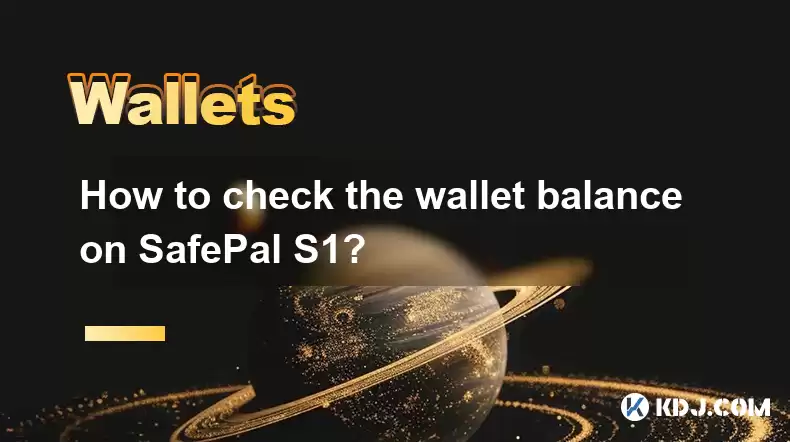
Understanding Your SafePal S1 Wallet
The SafePal S1 is a hardware wallet designed to secure your crypto assets. Unlike software wallets, its offline nature significantly reduces the risk of hacking. Checking your balance involves navigating the device's intuitive interface. Remember, always keep your seed phrase secure and never share it with anyone. This phrase is crucial for recovering your wallet if your device is lost or damaged. Losing it means losing access to your funds.
Accessing Your SafePal S1 Wallet
Before you can check your balance, you need to access your SafePal S1. This involves powering on the device using the power button. You'll then be prompted to enter your PIN code. This PIN is essential for security and should be memorized, not written down. If you forget your PIN, you'll need to use your recovery seed phrase, which should be stored safely and securely offline.
Navigating the Main Menu
Once you've successfully logged in, you'll be presented with the SafePal S1's main menu. This menu displays various options, including viewing your wallet balances, sending and receiving cryptocurrencies, and managing your settings. The menu is user-friendly and visually clear, making navigation simple. Each option is clearly labeled with an icon for easy identification. Finding the balance check option is straightforward.
Checking Your Wallet Balance: A Step-by-Step Guide
To check your wallet balance on your SafePal S1, follow these steps:
- Power on your SafePal S1 and enter your PIN. Ensure you're in a secure environment.
- Navigate to the "Wallet" section. This is typically represented by an icon depicting a wallet or a coin.
- Select the specific cryptocurrency you want to check the balance of. The SafePal S1 supports a wide range of cryptocurrencies. Ensure you select the correct one.
- Your balance will be displayed on the screen. The display will show the amount of the selected cryptocurrency you hold in your wallet.
Understanding the Displayed Information
The SafePal S1 displays your balance clearly. It will show the total amount of the selected cryptocurrency you own. This amount is usually expressed in the cryptocurrency's native unit (e.g., BTC for Bitcoin, ETH for Ethereum). The device might also show the approximate fiat equivalent, depending on your settings and current market prices. Remember that these fiat values are estimates and subject to change.
Refreshing Your Balance
Your SafePal S1 automatically updates your balance periodically. However, if you need a more immediate update, you can manually refresh it. This is usually done by selecting a refresh icon or option within the wallet details screen. This process connects to the blockchain to fetch the most current information. The refresh time depends on network conditions.
Troubleshooting Common Issues
If you encounter problems checking your balance, there are a few things to consider. Firstly, ensure you're connected to a stable internet connection, as the device needs network access to fetch the balance information. Secondly, check your device's battery level; a low battery can sometimes disrupt functionality. Lastly, if problems persist, consult the SafePal support documentation or contact their customer support team.
Multiple Cryptocurrency Support
The SafePal S1 supports multiple cryptocurrencies. To check the balance of a different cryptocurrency, you need to go back to the main wallet menu and select the desired cryptocurrency from the list. Each cryptocurrency will have its own balance displayed separately. This allows you to easily track the value of your diverse portfolio.
Security Considerations When Checking Your Balance
Remember to always check your balance in a secure environment, away from prying eyes. Avoid using public Wi-Fi when accessing your SafePal S1, as this could expose your device to security risks. Always ensure your device is updated with the latest firmware to benefit from the latest security patches. Regularly check for updates to maintain optimal security.
Understanding Fiat Equivalents
While the SafePal S1 may display fiat equivalents of your cryptocurrency holdings, it's crucial to understand that these are estimates based on real-time market data. The actual value can fluctuate, and these figures should not be considered precise financial advice. Always consult reliable financial sources for up-to-date market information.
What if I see an incorrect balance?
If you see an incorrect balance, first verify that you have selected the correct cryptocurrency. Then, try refreshing the balance. If the issue persists, contact SafePal support. They can help troubleshoot potential problems and ensure the accuracy of your displayed balance. Provide them with any relevant information, such as screenshots.
Can I check my balance without connecting to the internet?
No, you cannot check your balance without an internet connection. The SafePal S1 needs to connect to the blockchain network to verify and display your current balance. This connection is necessary to fetch the latest information about your holdings.
Frequently Asked Questions (FAQs)
Q: What if I forget my PIN code?
A: If you forget your PIN, you can recover your wallet using your recovery seed phrase. However, losing your seed phrase means irreversible loss of access to your funds. Keep your seed phrase safe and secure.
Q: My SafePal S1 is showing a zero balance, but I know I have funds.
A: Try refreshing your balance. If the problem persists, check that you are viewing the correct cryptocurrency. Contact SafePal support if the issue continues.
Q: How often should I check my wallet balance?
A: How often you check your balance is up to you. There's no set frequency. However, regular checks can help you monitor your holdings and stay informed about market fluctuations.
Q: Is it safe to check my balance on public Wi-Fi?
A: No, it is not recommended to check your balance on public Wi-Fi. Public Wi-Fi networks are less secure and could expose your device to hacking attempts. Use a secure and private network connection.
Disclaimer:info@kdj.com
The information provided is not trading advice. kdj.com does not assume any responsibility for any investments made based on the information provided in this article. Cryptocurrencies are highly volatile and it is highly recommended that you invest with caution after thorough research!
If you believe that the content used on this website infringes your copyright, please contact us immediately (info@kdj.com) and we will delete it promptly.
- PumpFun (PUMP) Price: Riding the Meme Coin Wave or Facing a Wipeout?
- 2025-08-12 16:50:12
- Uniswap's Legal Clarity Fuels Price Target: Will UNI Hit $12.85?
- 2025-08-12 17:30:13
- Arctic Pablo Coin: Meme Coin Growth Redefined?
- 2025-08-12 16:50:12
- Pumpfun, Snorter Token, and Meme Coin Mania: What's the Hype?
- 2025-08-12 17:30:13
- Crypto, Long-Term, Small Investment: Finding Gems in the Digital Rough
- 2025-08-12 17:35:12
- Do Kwon's Terra Collapse: Guilty Plea Looms – A Stablecoin Fraud Saga
- 2025-08-12 17:40:12
Related knowledge
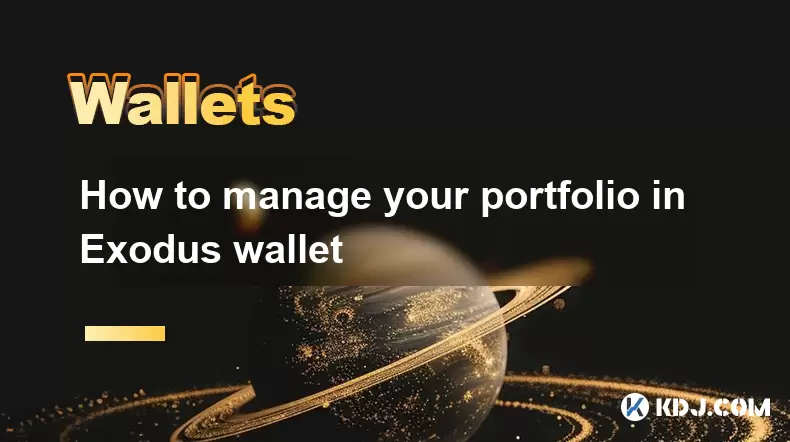
How to manage your portfolio in Exodus wallet
Aug 08,2025 at 10:07pm
Understanding the Exodus Wallet InterfaceThe Exodus wallet is a non-custodial cryptocurrency wallet that supports a wide range of digital assets. When...
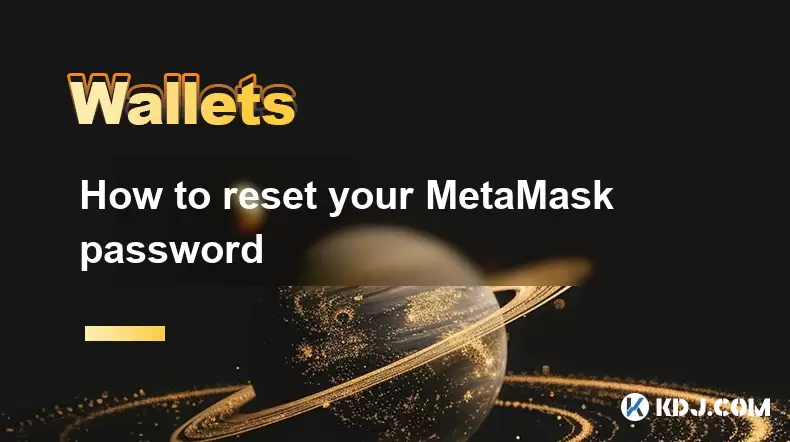
How to reset your MetaMask password
Aug 08,2025 at 01:28pm
Understanding the MetaMask Password Reset ProcessMany users confuse the MetaMask password with the seed phrase or private key, but they serve differen...

How to buy Dogecoin on MetaMask
Aug 08,2025 at 03:42am
Understanding Dogecoin and MetaMask CompatibilityDogecoin (DOGE) is a popular meme-based cryptocurrency that operates on its own blockchain, originall...
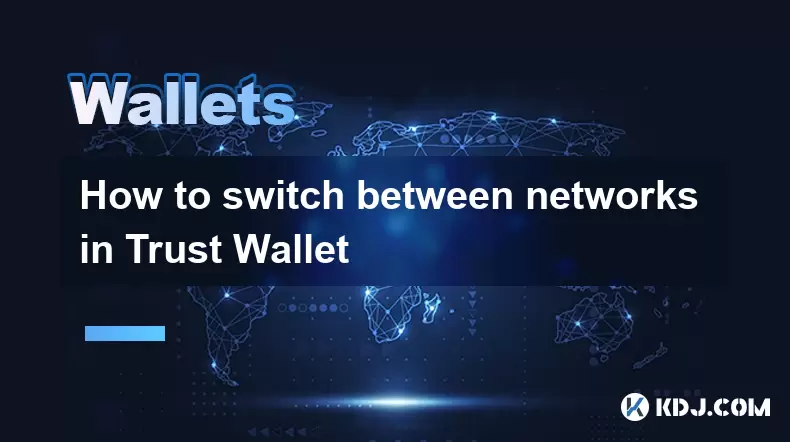
How to switch between networks in Trust Wallet
Aug 09,2025 at 11:07am
Understanding Network Switching in Trust WalletSwitching between networks in Trust Wallet allows users to manage assets across different blockchains, ...
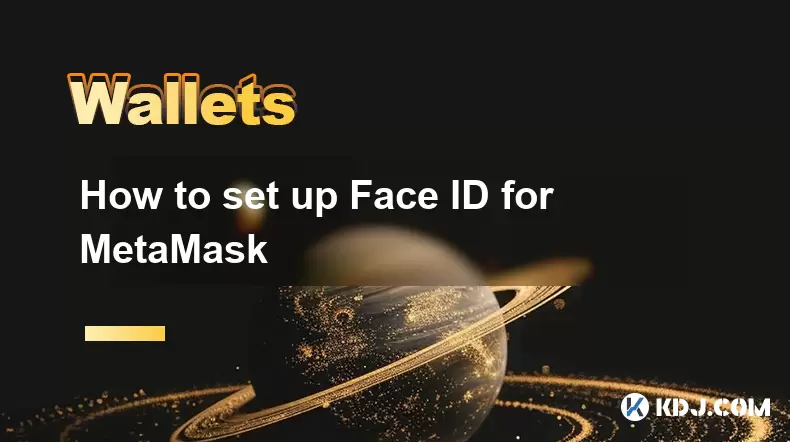
How to set up Face ID for MetaMask
Aug 12,2025 at 02:42am
Understanding Face ID and Its Role in MetaMask SecurityMetaMask is a widely used cryptocurrency wallet that allows users to interact with the Ethereum...
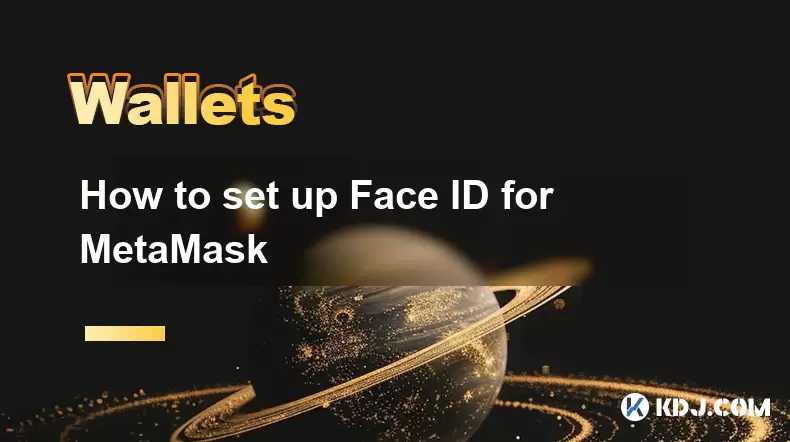
How to set up Face ID for MetaMask
Aug 11,2025 at 09:28am
Understanding Face ID and Its Role in MetaMask SecurityFace ID is a biometric authentication system developed by Apple that uses facial recognition to...

How to manage your portfolio in Exodus wallet
Aug 08,2025 at 10:07pm
Understanding the Exodus Wallet InterfaceThe Exodus wallet is a non-custodial cryptocurrency wallet that supports a wide range of digital assets. When...

How to reset your MetaMask password
Aug 08,2025 at 01:28pm
Understanding the MetaMask Password Reset ProcessMany users confuse the MetaMask password with the seed phrase or private key, but they serve differen...

How to buy Dogecoin on MetaMask
Aug 08,2025 at 03:42am
Understanding Dogecoin and MetaMask CompatibilityDogecoin (DOGE) is a popular meme-based cryptocurrency that operates on its own blockchain, originall...

How to switch between networks in Trust Wallet
Aug 09,2025 at 11:07am
Understanding Network Switching in Trust WalletSwitching between networks in Trust Wallet allows users to manage assets across different blockchains, ...

How to set up Face ID for MetaMask
Aug 12,2025 at 02:42am
Understanding Face ID and Its Role in MetaMask SecurityMetaMask is a widely used cryptocurrency wallet that allows users to interact with the Ethereum...

How to set up Face ID for MetaMask
Aug 11,2025 at 09:28am
Understanding Face ID and Its Role in MetaMask SecurityFace ID is a biometric authentication system developed by Apple that uses facial recognition to...
See all articles

























































































